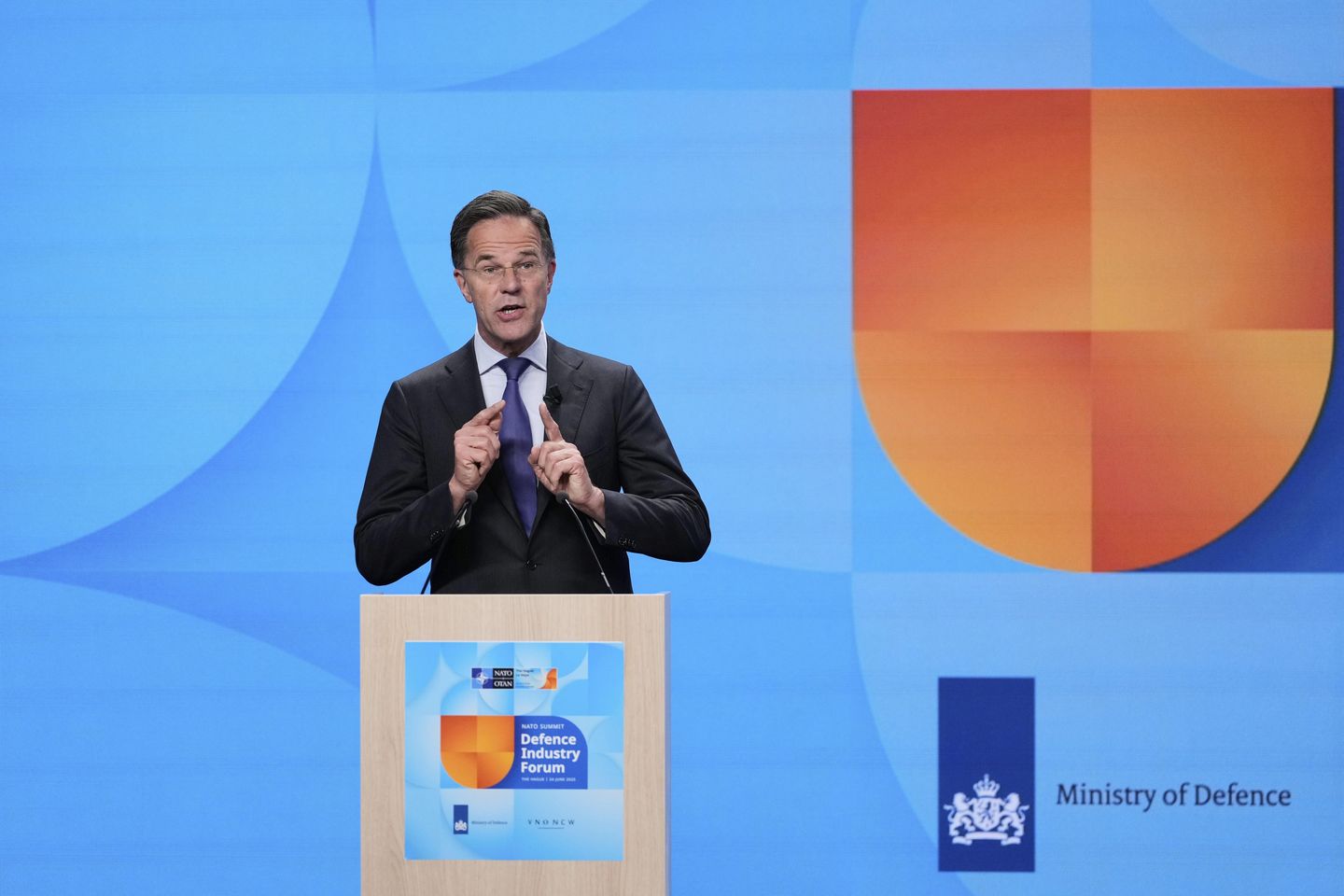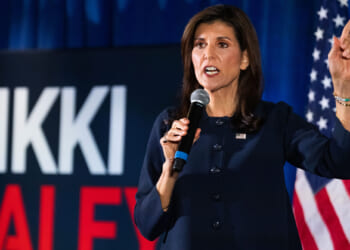
Don’t miss the full story, whose reporting from The Associated Press is the basis of this AI-assisted article.
NATO, the North Atlantic Treaty Organization, stands as the world’s largest security alliance, bringing together 32 member countries in a collective defense framework that has shaped global security for more than seven decades. Created to counter Soviet threats during the Cold War, this transatlantic partnership continues to evolve as it faces modern security challenges while maintaining its core mission of mutual defense and deterrence. Here are some facts about NATO that you might not know:
• Founded in 1949 — NATO was established 75 years ago when the Washington Treaty was signed by 12 founding nations to counter the security threat posed by the Soviet Union during the Cold War.
• 32 member countries — The alliance has grown significantly from its original 12 members, with Sweden being the most recent addition in 2024 due to concerns about an increasingly aggressive Russia.
• Article 5 collective defense — NATO’s cornerstone is its collective security guarantee, where all member countries commit to come to the aid of any member whose sovereignty or territory comes under attack.
• U.S. leadership role — The United States serves as NATO’s most powerful member, spending far more on defense than other allies and providing the nuclear deterrent that underpins the alliance’s strategic defense.
• Dual headquarters structure — NATO operates from Brussels, Belgium, for civilian leadership under Secretary-General Mark Rutte, while its military headquarters is located in nearby Mons, Belgium, always commanded by a top U.S. officer.
• Defense spending requirements — Members committed to spending at least 2% of their individual gross domestic product on defense as a minimum level, with 22 countries expected to meet this target. The members are considering a 5% budget target, but Spain has declined the increase.
• Ukraine support coordination — While NATO as an organization doesn’t provide weapons, it coordinates member nations’ military aid to Ukraine through a hub on the Polish border and organizes training for Ukrainian troops.
• Rapid response capability — Under NATO’s military plans, 300,000 military personnel would be deployed within 30 days to counter any attack across land, sea, air or cyberspace domains.
• Nonlethal organizational support — As an organization, NATO possesses no weapons but provides nonlethal support, including fuel, combat rations, medical supplies, body armor and equipment to counter drones or mines.
This article is written with the assistance of generative artificial intelligence based solely on Washington Times original reporting and wire services. For more information, please read our AI policy or contact Ann Wog, Managing Editor for Digital, at awog@washingtontimes.com
The Washington Times AI Ethics Newsroom Committee can be reached at aispotlight@washingtontimes.com.












